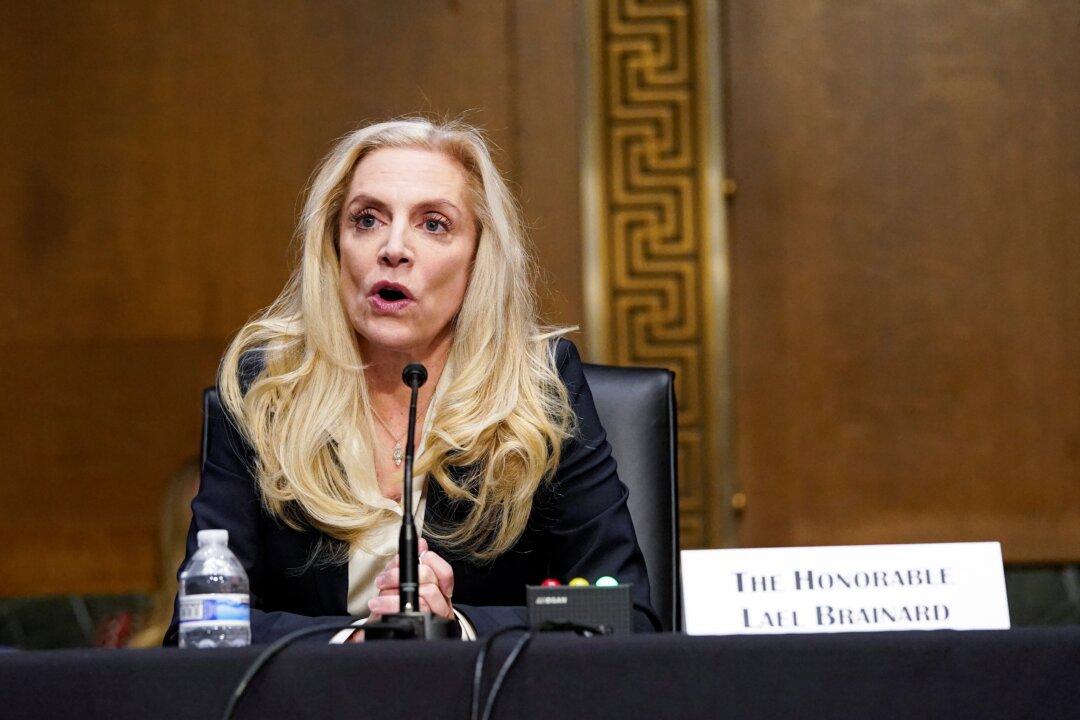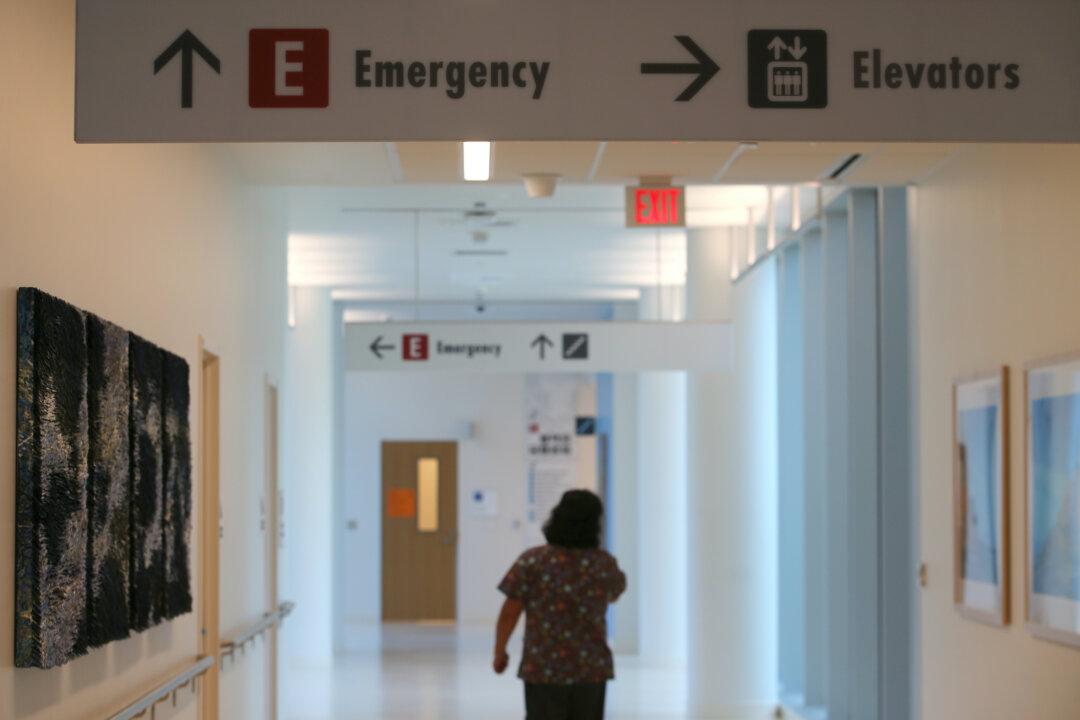CHICAGO—The U.S. Federal Reserve is clear on the need for restrictive monetary policy to lower inflation, Fed Vice Chair Lael Brainard said on Monday, but the path and pace of rate increases will remain “data-dependent” as the central bank monitors the economy and the evolution of domestic and global risks.
In prepared remarks and responses to questions, Brainard said Fed rate hikes to date were beginning to slow the economy—perhaps even more than expected—and that the full brunt of tighter policy would not even be felt for months to come.





